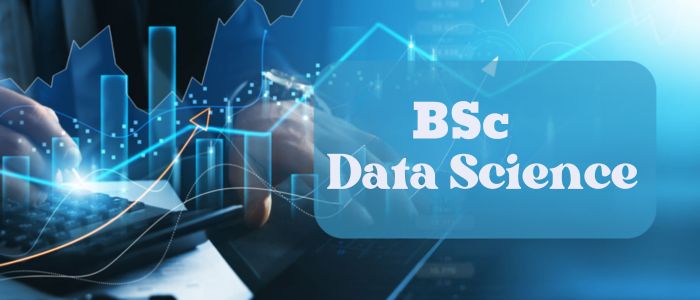Overview
The Department of Data Science offers a program that equips students with knowledge in data analytics, machine learning, and big data technologies, preparing them for careers in data-driven industries.


The Department of Data Science offers a program that equips students with knowledge in data analytics, machine learning, and big data technologies, preparing them for careers in data-driven industries.
Data Analytics
Machine Learning
Big Data Technologies
Data Visualization
This area focuses on collecting, organizing, and analyzing large datasets to uncover patterns, trends, and insights. Students gain hands-on experience with statistical methods, data wrangling, and exploratory data analysis using tools such as Excel, SQL, R, and Python. The curriculum emphasizes solving real-world problems in domains such as finance, healthcare, marketing, and operations. Learners are trained to ask the right questions, interpret results meaningfully, and present actionable insights that support strategic decision-making across various industries.
In this module, students are introduced to the fundamental concepts and algorithms that allow machines to learn from data without being explicitly programmed. The curriculum includes supervised and unsupervised learning models such as linear regression, decision trees, support vector machines, clustering, and neural networks. Students also gain experience with model selection, feature engineering, overfitting, and validation techniques. Practical applications are explored through projects in areas like fraud detection, recommendation systems, image recognition, and natural language processing.
This subject dives into the challenges and solutions involved in processing massive datasets that exceed the capabilities of traditional data-processing tools. Students explore distributed computing environments and data storage technologies, including Hadoop HDFS, Apache Spark, Hive, and NoSQL databases like MongoDB. Emphasis is placed on data ingestion, real-time processing, and scalability. By the end of the course, students are equipped to build and manage systems capable of analyzing petabytes of data across multiple servers, a critical skill in today’s data-driven enterprises.
This module highlights the importance of turning complex data into clear, interactive visual formats that drive understanding and engagement. Students work with leading visualization tools such as Tableau, Power BI, and Python libraries like Matplotlib and Seaborn. They learn the principles of effective design, storytelling with data, and dashboard creation. Through case studies and practical assignments, students develop the ability to communicate data-driven narratives that influence business strategies and policy-making.